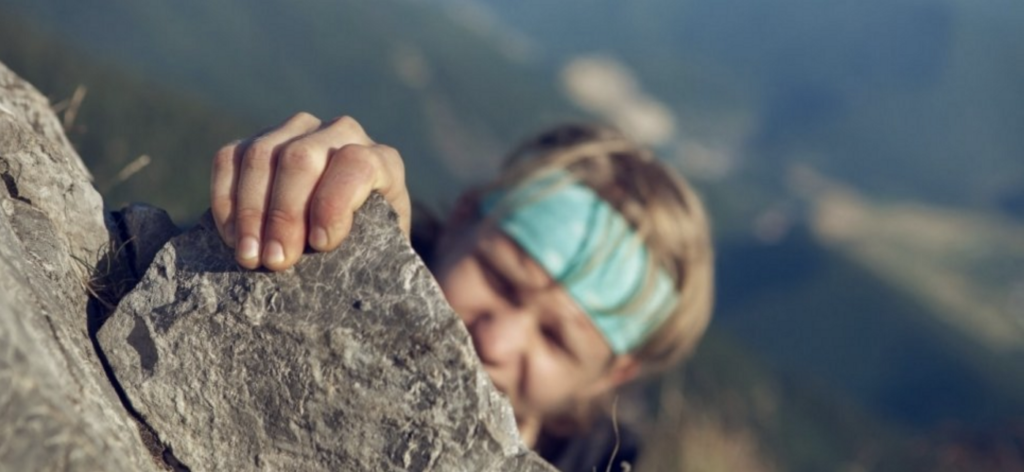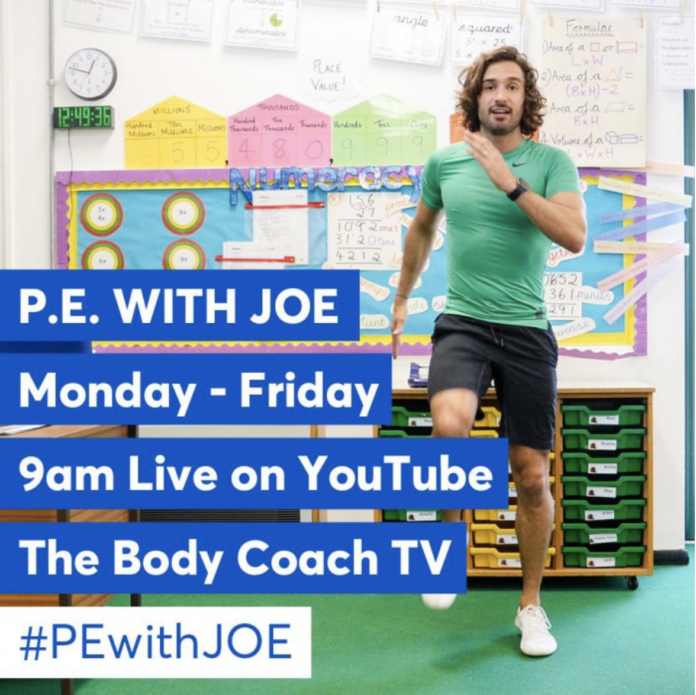by Alan Dunstan 2020
In the UK, the ‘Body Coach’ Joe Wicks has become ‘the nation’s PE teacher’ during this time. He is a fantastic role model for both children and adults; enthusiastic and passionate about health, fitness, and nutrition. When the schools finally go back will the students ask “Can we please put Joe on the screen?” As PE teachers, are we needed anymore? Is distance/online learning the future of PE? How can we adapt and flourish in the aftermath of months of lockdown?
Physical Education is so much more than just physical activity. Joe Wicks and many other fitness coaches (and PE teachers) are doing a great job at getting our students active in this time of crisis, but participation in exercise (the ‘Physical’ in PE) is only a small part of what we actually teach in PE lessons. This crisis provides us with a good opportunity to sit down (or stand up and walk around!) and think about what the ‘Education’ in PE truly represents. What do we want our students to learn? How does our school PE program reflect this? How can we play a vital role in society post-Covid-19?
The ‘Hidden curriculum’ is something we refer to when asked about the non-physical benefits of physical education. Character values such as grit and resilience are often part and parcel of a good PE curriculum but are not documented or assessed in any way. Angela Duckworth, in her book ‘Grit, the power of passion and perseverance’, summarised years of research, finding ‘grit’ to be a stronger predictor of high-achievement than intelligence, talent and other personality traits. Grit is often developed in physical education when students are challenged out of their comfort zone and they have to find that ‘something inside’ to get them through the situation (Bjork’s “desirable difficulties”). A great example of this is during a strenuous 12 minute run test, can students show grit and determination to push through the increase in lactic acid to gain a new personal best score? This skill can be transferred to real life and other school situations e.g. finding a maths problem difficult to solve, refining scientific procedure to find the best method, redrafting work that isn’t quite as good as it could be, bouncing back from defeat, the list goes on. Does participating in online PE lessons develop grit, resilience, and other character values in the same way that a school-based PE lesson does?

As PE teachers what do we value the most and what is actually best for the majority of students we teach, and not just the ‘sporty’ ones? If engaging students in the WHO guidelines is a priority then a health and fitness based model may be the answer. This is something that has been addressed by Canada, Australia and New Zealand. These countries have developed their PE curriculum to reflect national health trends; increasing levels of obesity, diabetes and heart related diseases, high level of sedentary lifestyles and poor diets. All of which can be alleviated with increased levels of physical activity and diet/nutrition education. Is this the universal approach we should use?
Has anybody asked the students what they want to learn in PE lessons? In reality, asking the students at the start of a year what they want from their physical education lessons rarely happens. It is time-consuming, doesn’t fit into nice neat boxes, and is staff intensive. Timetabling is hard and group lists don’t even exist as they change with student choice in every unit. Programs are also dictated by facilities and therefore an activity or sport-based model ‘fits’ better. This format helps with organization and allocating teacher timetables but are we planning our programs with our teachers in mind or the students? In his book ‘Why students don’t like school’, Daniel Willingham states:
“Experience means you are simply engaged in the activity. Practice means you are trying to improve performance”.
Think about this statement and reflect upon your classes and PE program. Are the students just engaged or are they learning to improve?
If we are wanting our students to be true global citizens capable of making a difference in the world (being superheroes) how can we teach them the skills they need? In the event of a natural disaster we want citizens who climb over obstacles quickly, solve problems in the moment, carry the wounded to safety, swim long distances to safety, save lives using first aid skills, be creative to make shelter and collaborate with fellow survivors. These skills (and many others) and positive character strengths can be developed in a PE environment with a positive role model facilitating the learning.
The essential component in all of this is the PE teacher. John Hattie, author of Visible Learning, outlines the importance of ‘connection’ between student and teacher to enable learning to take place. The lack of direct interaction during the Covid-19 crisis has significantly emphasised how valuable this connection is. Getting to know each and every child, making them feel safe, valued and achieving success at their own level is an extremely powerful learning tool. As PE teachers we have an amazing opportunity and responsibility to create the new generation of superheroes, providing them with their toolkit of weapons (‘useful’ transferable skills) that can be utilised across a range of situations. Can online PE lessons deliver this? No, but if we don’t up our game, Joe Wicks might be taking our place…
—
This article is reflecting from the perspective of a PE teacher. This is valuable as we learned that there is a need for change in the current physical education system.
Key takeaways:
- Does online PE develop grit, resilience, and other character values in the same way that a school-based pe lesson does?
- what children value the most are social needs — the interactive nature of PE
- There is a lack of direct interaction during the Covid crisis.
- We need to make sure that students feel safe, valued, and achieving success at their own level




